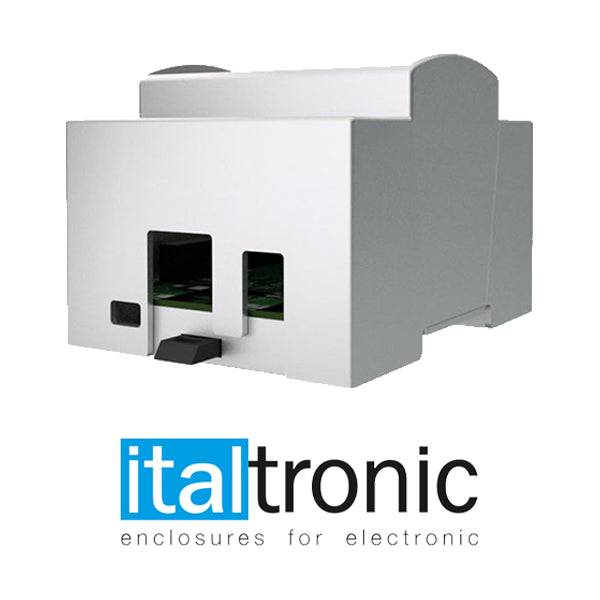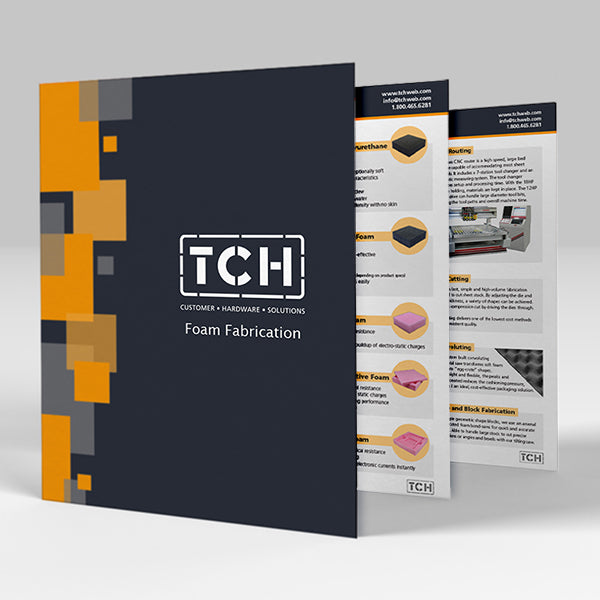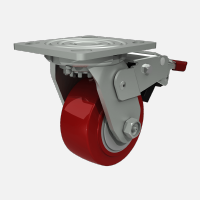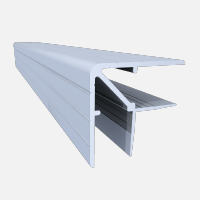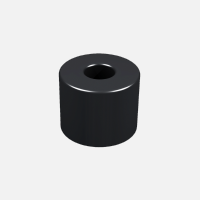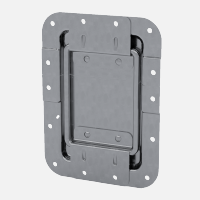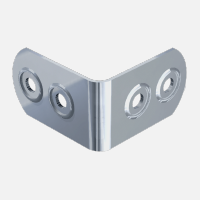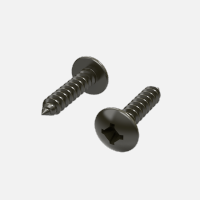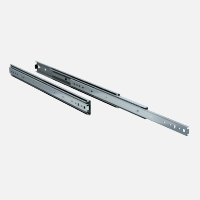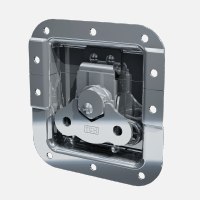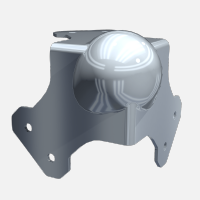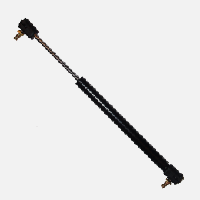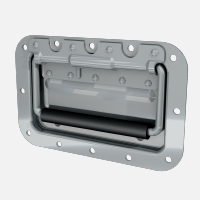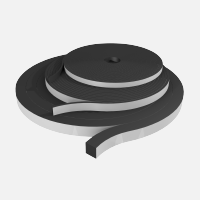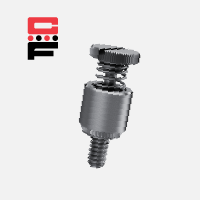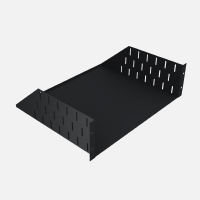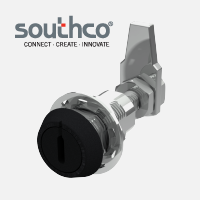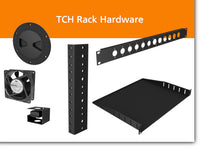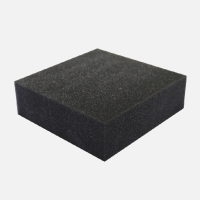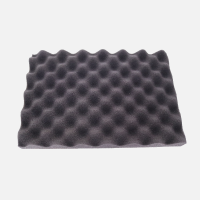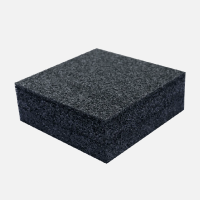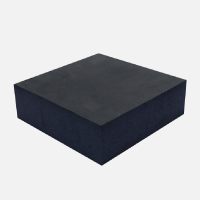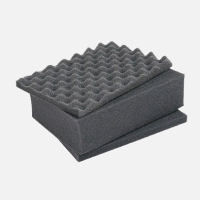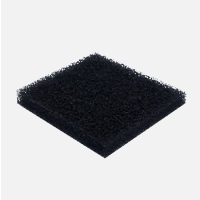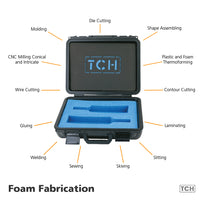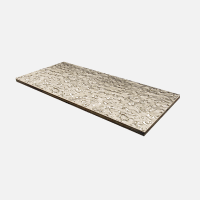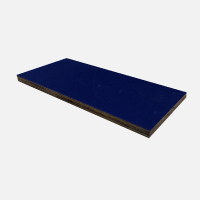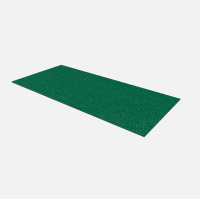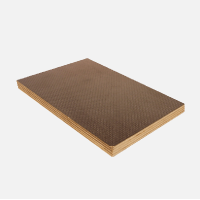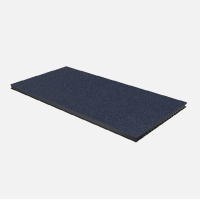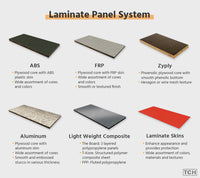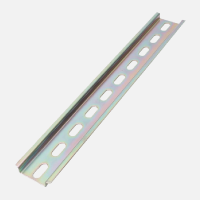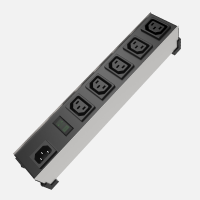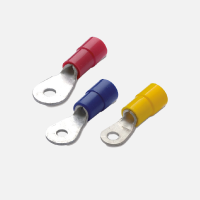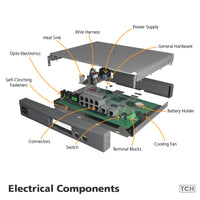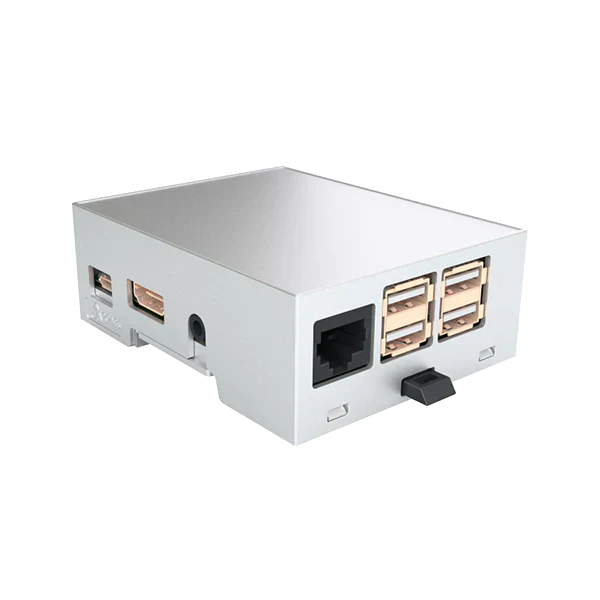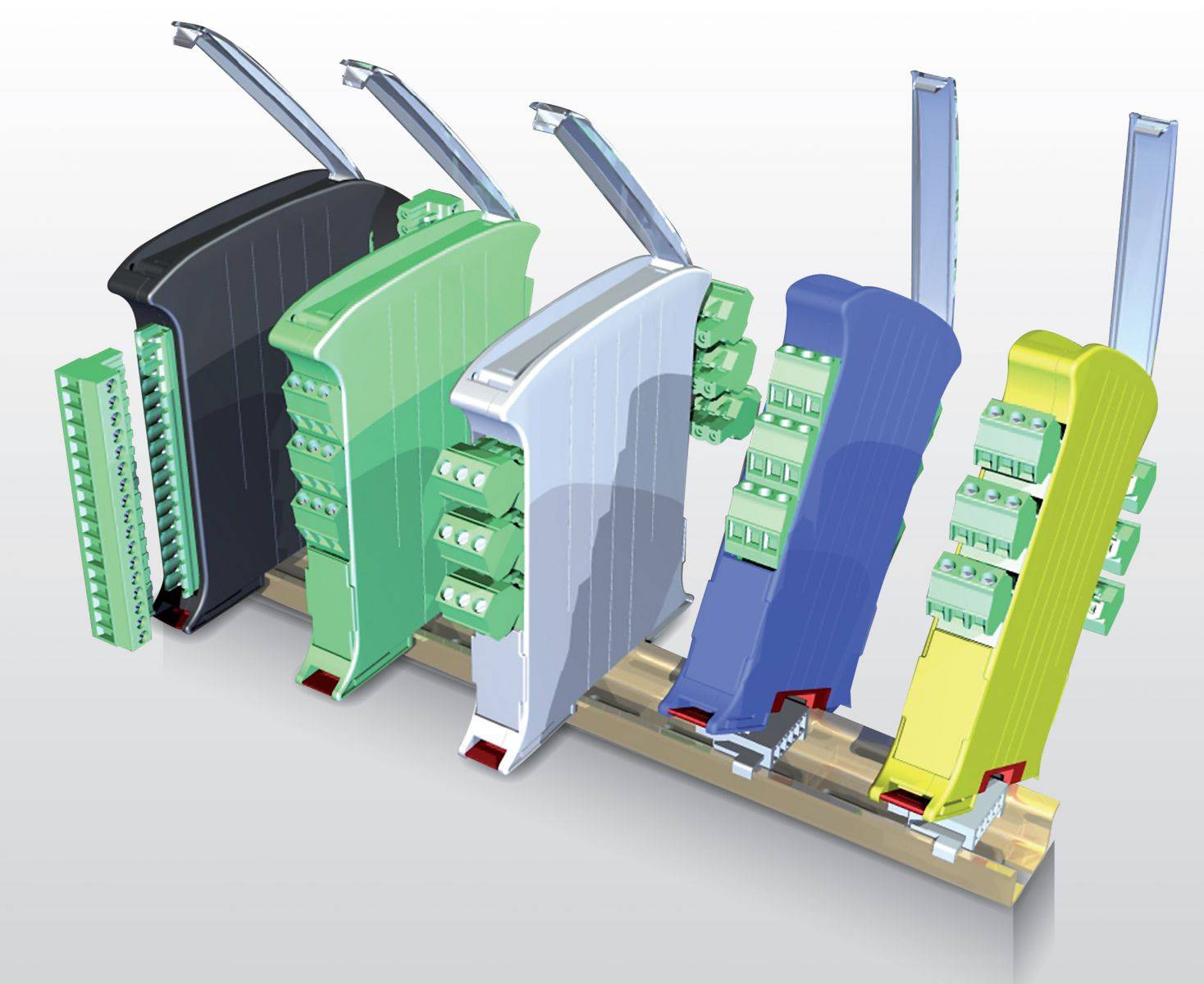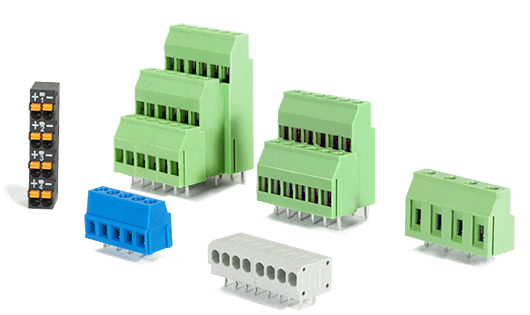Product Lines
Thermistors and RTDs are commonly mounted into protective enclosures. The resulting temperature probe assemblies are highly customized to fit specific applications and can be used in a variety of demanding temperature sensing applications. The protective enclosures can be formed out of stainless steel, aluminum, copper, brass and plastic.
EI Sensor Technologies: The Details
- Thermistor
- RTD's
- Market Application
There are two types of thermistors, NTC Thermistor sensors and PTC Thermistor sensors.
NTC thermistors (Negative Temperature Coefficient thermistors) exhibit a decrease in resistance as body temperature increases. NTC thermistors are produced using powdered metal oxides and the exact composition of those oxides as well as stabilizing agents determines the electrical characteristics of the thermistor.
PTC thermistors (Positive Temperature Coefficient thermistors) experience an increase in resistance as body temperature increases. The two main types of PTC thermistors include the Ceramic Switching PTC, which is a non-linear device, and the Silicon PTC, which is highly linear.
There are two main types of resistance temperature detectors, thin-film and wire-wound.
Wire wound RTDs are built using a small diameter wire, typically platinum, which is wound into a coil and packaged inside a ceramic insulator. Larger extension wires are then spot welded to the platinum wire.
Thin film RTDs are made by depositing a thin layer of resistive material, typically platinum film, onto a ceramic substrate. A pattern is then etched onto the element, creating the electrical circuit.
Markets and Applications for Thermistors, RTDs, Thermistor Probes and RTD Probes:
- HVAC-R
- Appliances & White Goods
- Pool/Spa
- Food Handling & Processing
- Industrial Electronics & Controls
- Medical & Healthcare
- Transportation & Automotive
- Consumer
- Energy, Renewable/Non-Renewable

